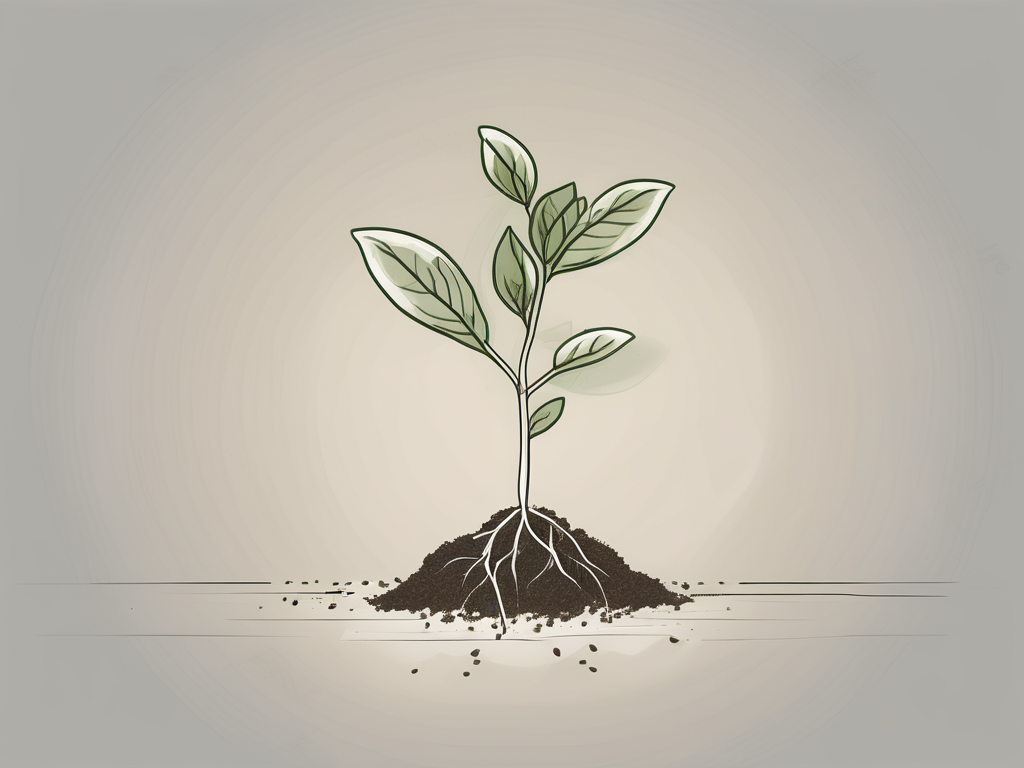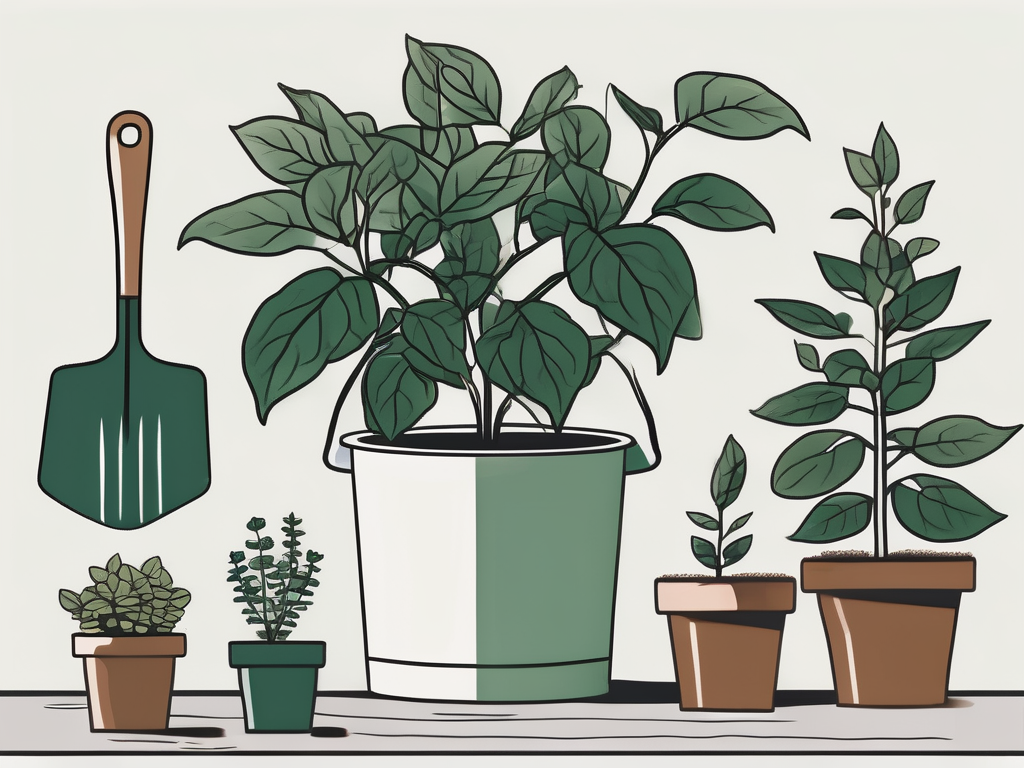
You've just repotted your beloved Calathea, expecting it to thrive in its new home, but instead, it looks like it's throwing a tantrum. Droopy leaves, brown edges, and a generally unhappy vibe—what's going on? Don't worry, you're not alone in this! Many plant lovers experience similar woes after repotting their Calatheas.
In this article, we’ll explore the reasons why your Calathea might be struggling after repotting and walk through practical steps to help it bounce back. We'll cover everything from root trauma and watering mishaps to acclimatization issues and the importance of choosing the right pot. Let's dig into the details and get your Calathea back to its lush self!
Understanding Root Trauma
Repotting can be a stressful experience for any plant, and Calatheas are no exception. One of the main reasons your Calathea might be struggling post-repotting is root trauma. When you remove the plant from its old pot, its roots are exposed, and any damage during this process can affect its ability to absorb water and nutrients.
Think of roots as the plant's lifeline. If they're injured, the whole plant feels it. To minimize root trauma:
- Be gentle: Handle the roots with care when removing the plant from its old pot. Carefully tease out tangled roots instead of yanking them apart.
- Trim wisely: If you notice any dead or mushy roots, trim them with sterilized scissors. Healthy roots are usually white and firm.
- Avoid disturbance: Try not to disturb the roots more than necessary. The less disruption, the better.
Once your Calathea is securely in its new pot, it may take some time for it to adjust and recover from any trauma. Patience is key here. With proper care, your plant will likely rebound.
Water Woes: Finding the Balance
Watering is another critical factor that can make or break your Calathea's post-repotting recovery. Overwatering or underwatering can lead to stress, making it look like your plant is on its last leaf.
Calatheas have specific watering needs. They prefer moist soil but not soggy conditions. Here’s how you can get it right:
- Check soil moisture: Stick your finger about an inch into the soil. If it feels dry, it’s time to water.
- Water evenly: Ensure the entire root ball receives water. Pour water evenly around the plant until it starts to drain from the bottom.
- Drain excess water: Make sure your pot has drainage holes to prevent water from pooling at the bottom, which can cause root rot.
Remember, Calatheas can be fussy about water quality. If your tap water is high in salts or chlorine, consider using distilled or rainwater to keep your plant happy.
The Right Pot Makes a Difference
Choosing the right pot is more than just a style choice—it's vital for your plant's health. The pot you select can significantly influence your Calathea's well-being after repotting.
Here are some things to consider when picking a pot for your Calathea:
- Size matters: Select a pot that's only slightly larger than the previous one. A pot too large can lead to excess soil, which retains more water and increases the risk of root rot.
- Material choice: Terracotta pots are great for airflow but can dry out quickly. Plastic or glazed ceramic pots retain moisture better, which is essential for Calatheas.
- Drainage is key: Ensure your pot has drainage holes to prevent waterlogging.
Once you've chosen the perfect pot, make sure to use a well-draining soil mix that retains some moisture without getting soggy. A mix of peat, perlite, and a bit of orchid bark works well for Calatheas.
Acclimatization: Giving Time to Adjust
After repotting, your Calathea needs time to acclimate to its new environment. Just like us, plants need a bit of time to get used to change. During acclimatization, your plant might look a little under the weather, but that's perfectly normal.
Here are some tips to help your Calathea adjust:
- Consistent environment: Keep your plant in a stable environment. Avoid sudden changes in light, temperature, or humidity.
- Indirect light: Place your Calathea in a spot with bright, indirect light. Direct sunlight can scorch its leaves.
- Patience is key: It might take a few weeks for your Calathea to acclimate fully. During this time, maintain a consistent care routine.
By providing a stable environment, you're giving your Calathea the best chance to settle into its new home and thrive.
Soil Selection: A Crucial Choice
The soil you use in your new pot plays a significant role in your Calathea's health. These plants prefer a well-draining yet moisture-retentive mix, which can be a bit tricky to get right.
Here’s how to create the ideal soil mix for your Calathea:
- Base ingredients: Start with a high-quality potting soil as the base.
- Enhance drainage: Add perlite or pumice to improve aeration and drainage.
- Retain moisture: Incorporate some peat moss or coconut coir to keep the soil lightly moist.
By tailoring the soil mix to your Calathea's needs, you’re setting the stage for healthier growth and reducing the chances of overwatering issues.
Pest Problems: Detecting and Managing
Sometimes, the stress of repotting might make your Calathea more susceptible to pests. Common culprits include spider mites, mealybugs, and aphids, which can wreak havoc on your plant.
Here’s how to keep pests at bay:
- Regular checks: Inspect your plant regularly for signs of pests, like webbing or sticky residue.
- Treat immediately: If you spot pests, isolate the plant and treat it with insecticidal soap or neem oil.
- Maintain cleanliness: Keep the area around your plant clean and free of debris to prevent infestations.
By staying vigilant and acting quickly, you can protect your Calathea from pest-related woes and help it recover post-repotting.
Humidity: Keeping It Just Right
Calatheas thrive in high humidity environments. After repotting, maintaining proper humidity levels is crucial for their recovery and overall health.
Here’s how to keep your Calathea’s humidity levels optimal:
- Mist regularly: Lightly mist your plant to increase humidity.
- Use a pebble tray: Place your pot on a tray filled with water and pebbles to create a humid microclimate.
- Consider a humidifier: If your home is particularly dry, a humidifier can help maintain consistent humidity levels.
By ensuring your Calathea has the humid environment it craves, you'll help it stay vibrant and healthy, even after the stress of repotting.
Temperature Sensitivity
Calatheas are sensitive to temperature fluctuations, which can exacerbate stress after repotting. These plants prefer a warm and stable environment, free from drafts or sudden changes.
Here’s how to manage temperature for your Calathea:
- Avoid drafts: Keep your plant away from windows or doors that let in cold air.
- Stable temperatures: Aim to maintain a temperature range of 65-80°F (18-27°C).
- Watch for cold snaps: In colder months, ensure your plant is protected from chilly temperatures.
By keeping your Calathea in a stable environment, you're helping it recover from repotting stress and promoting healthy growth.
Final Thoughts
Your Calathea's post-repotting challenges might seem daunting, but with patience and the right care, your plant can thrive again. From managing root trauma and watering balance to choosing the right pot and soil, each step you take helps pave the way for your Calathea's recovery and well-being.
If you're looking for more plant care tips or want to expand your plant collection, Cafe Planta is here to help. We offer a wide range of houseplants and accessories, and we're always excited to share our love of plants with you. Feel free to email us or reach out on Instagram if you have any questions. Let's continue this incredible journey with plants together!












